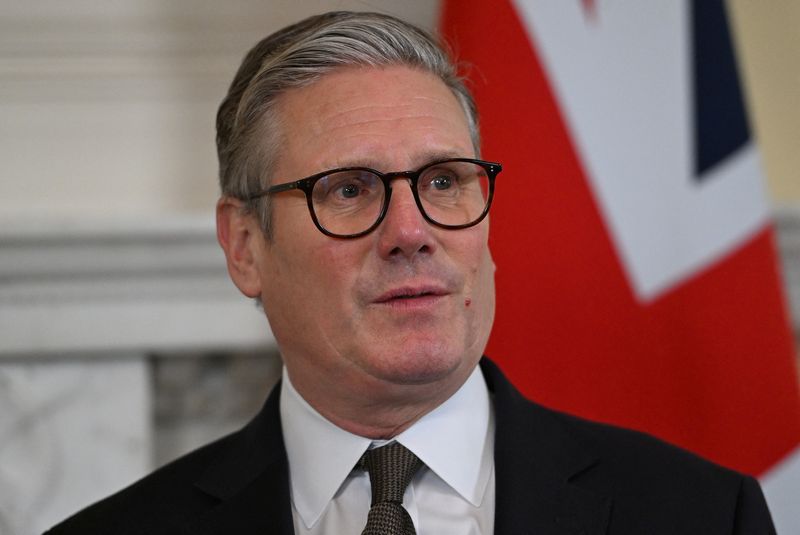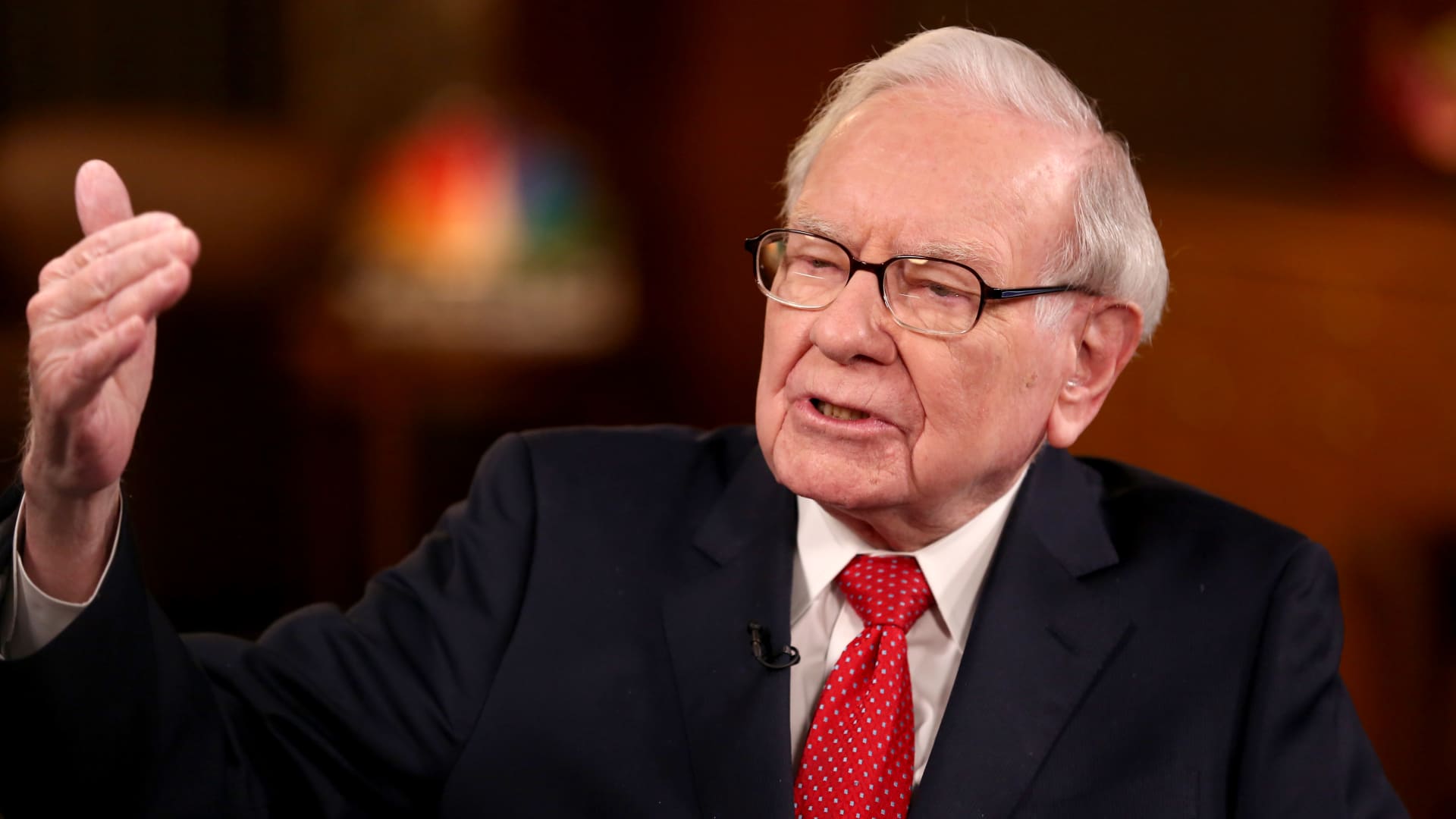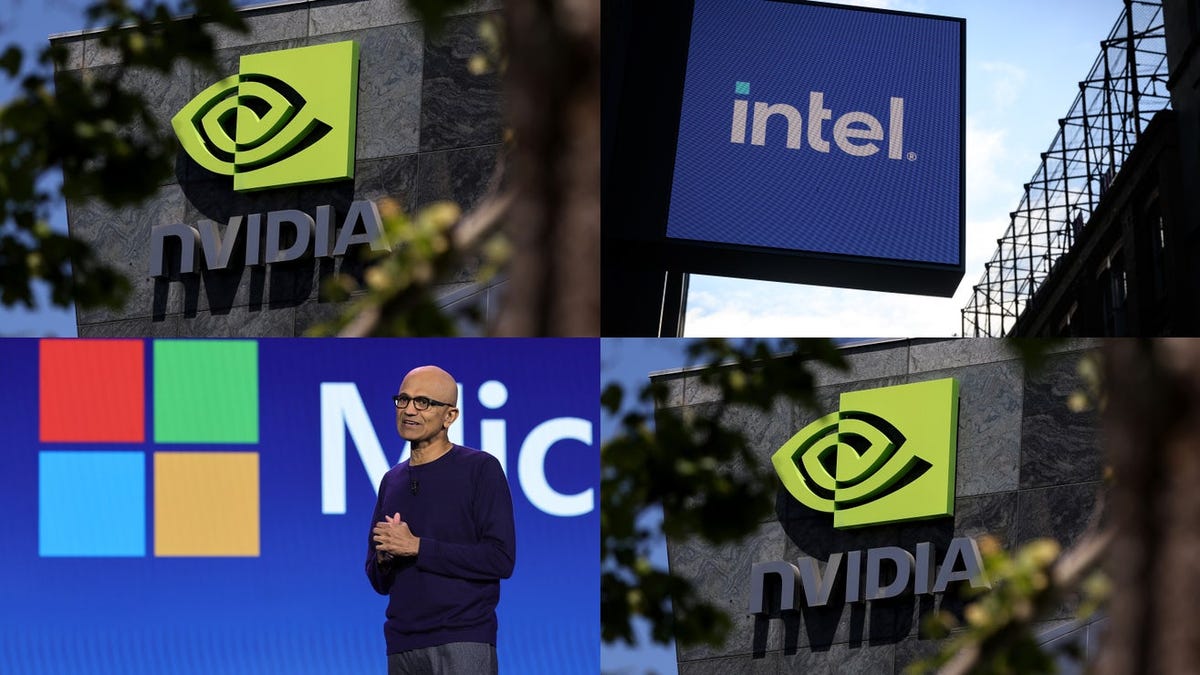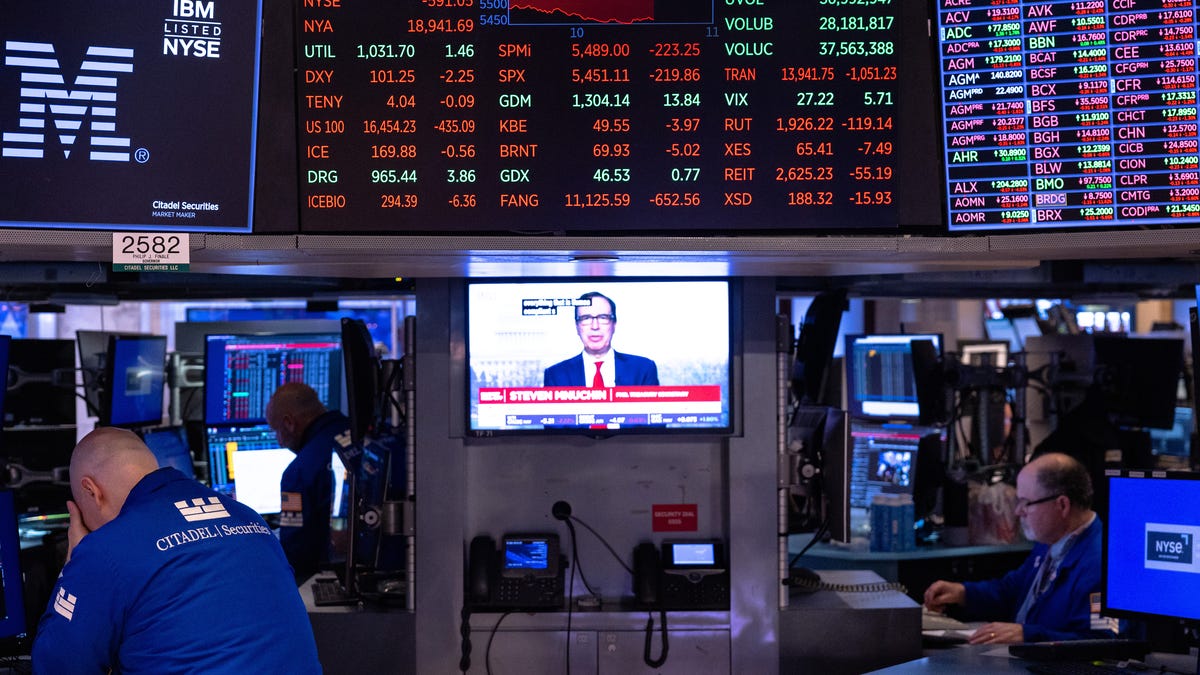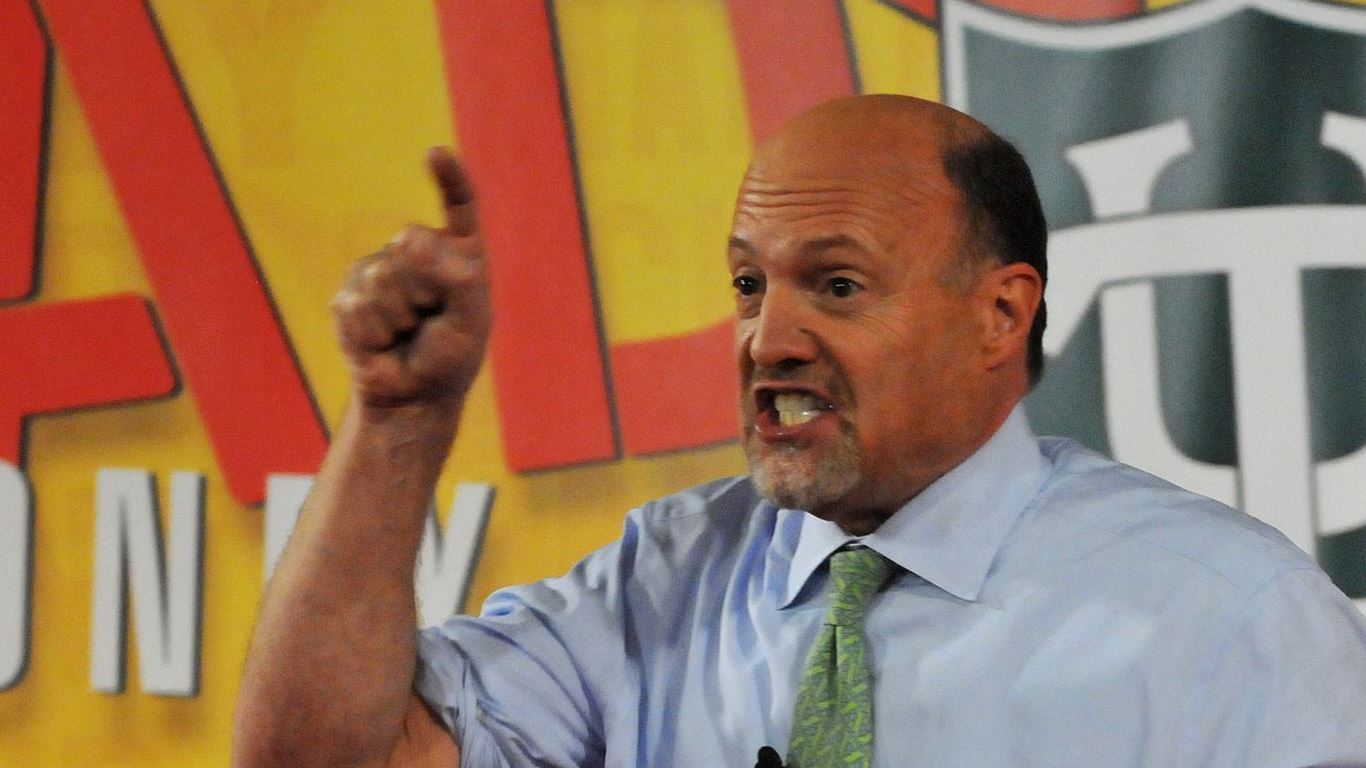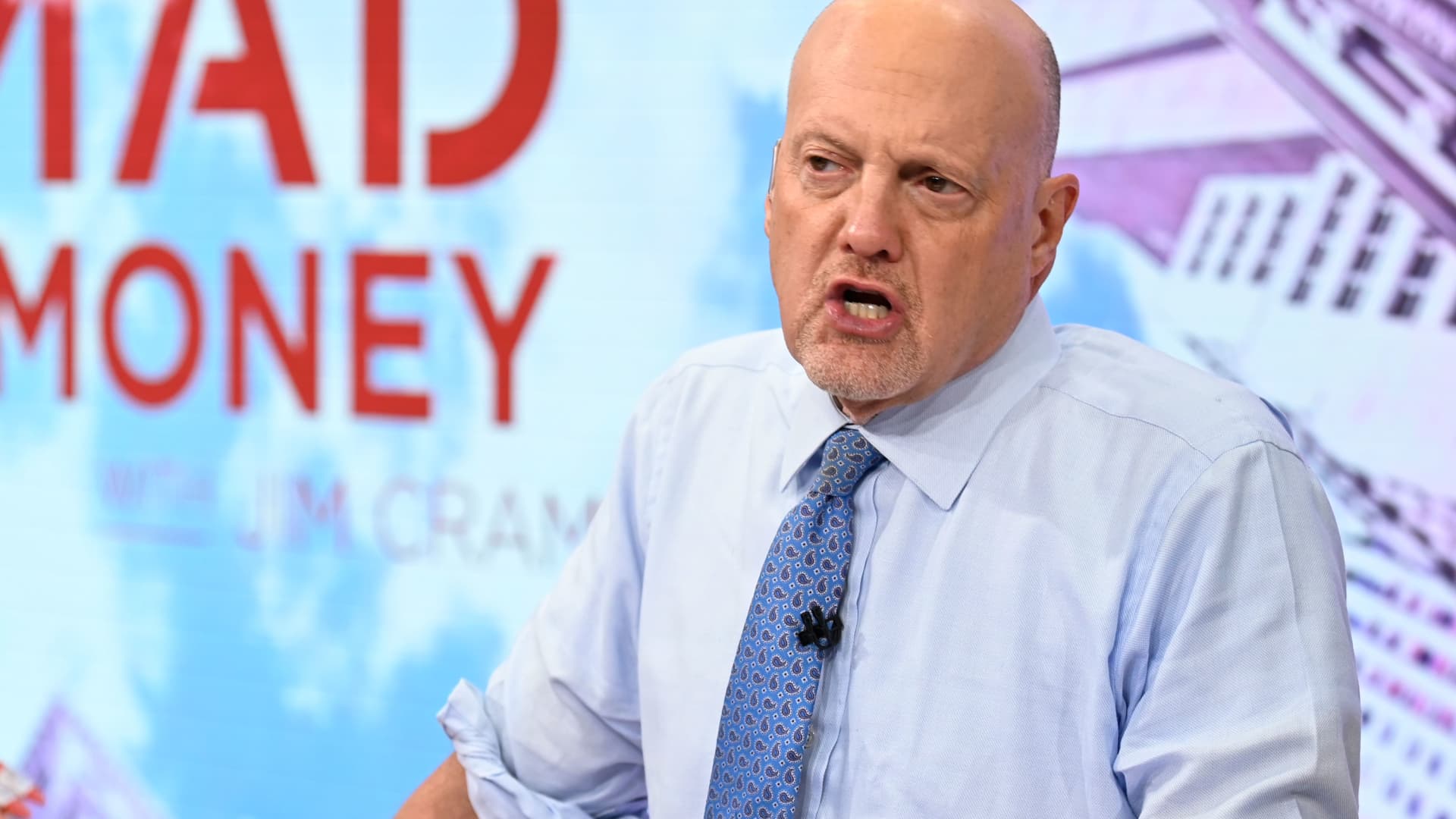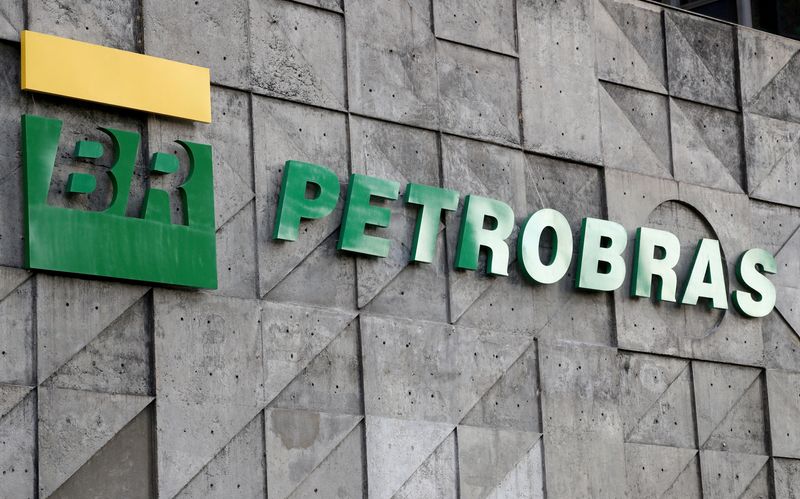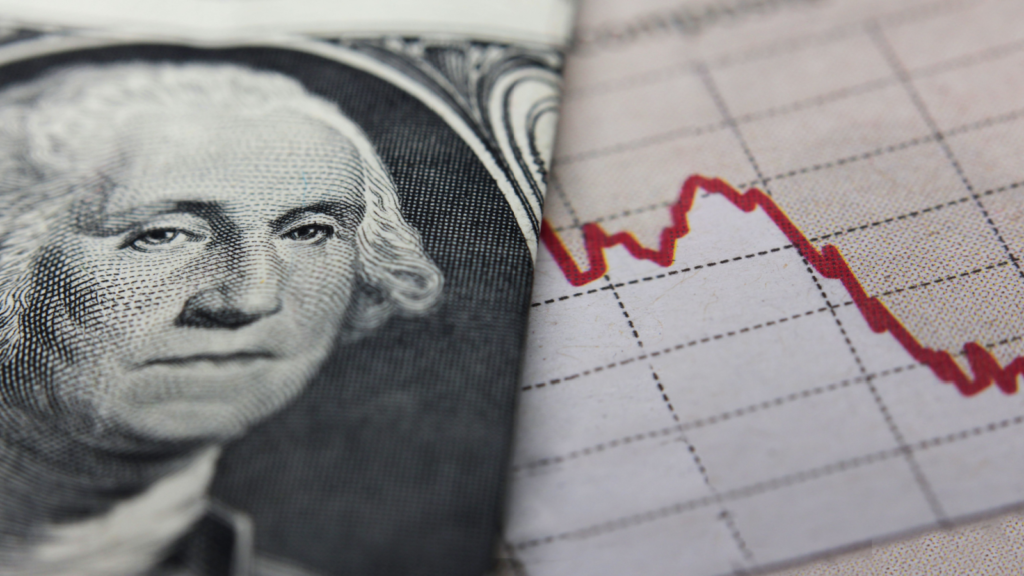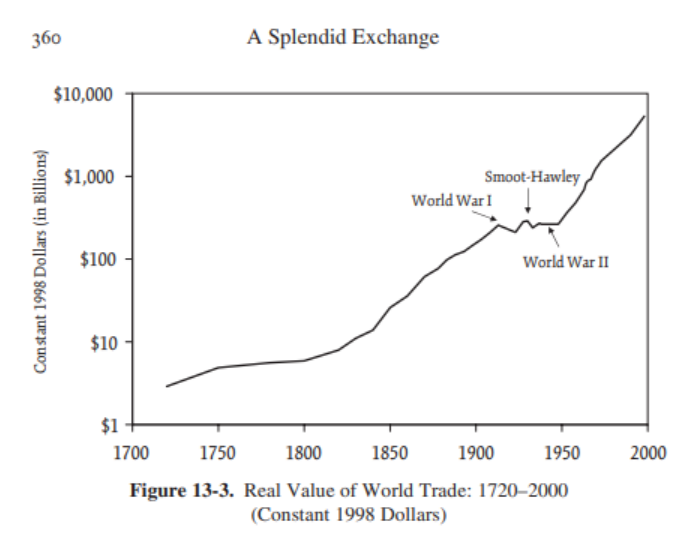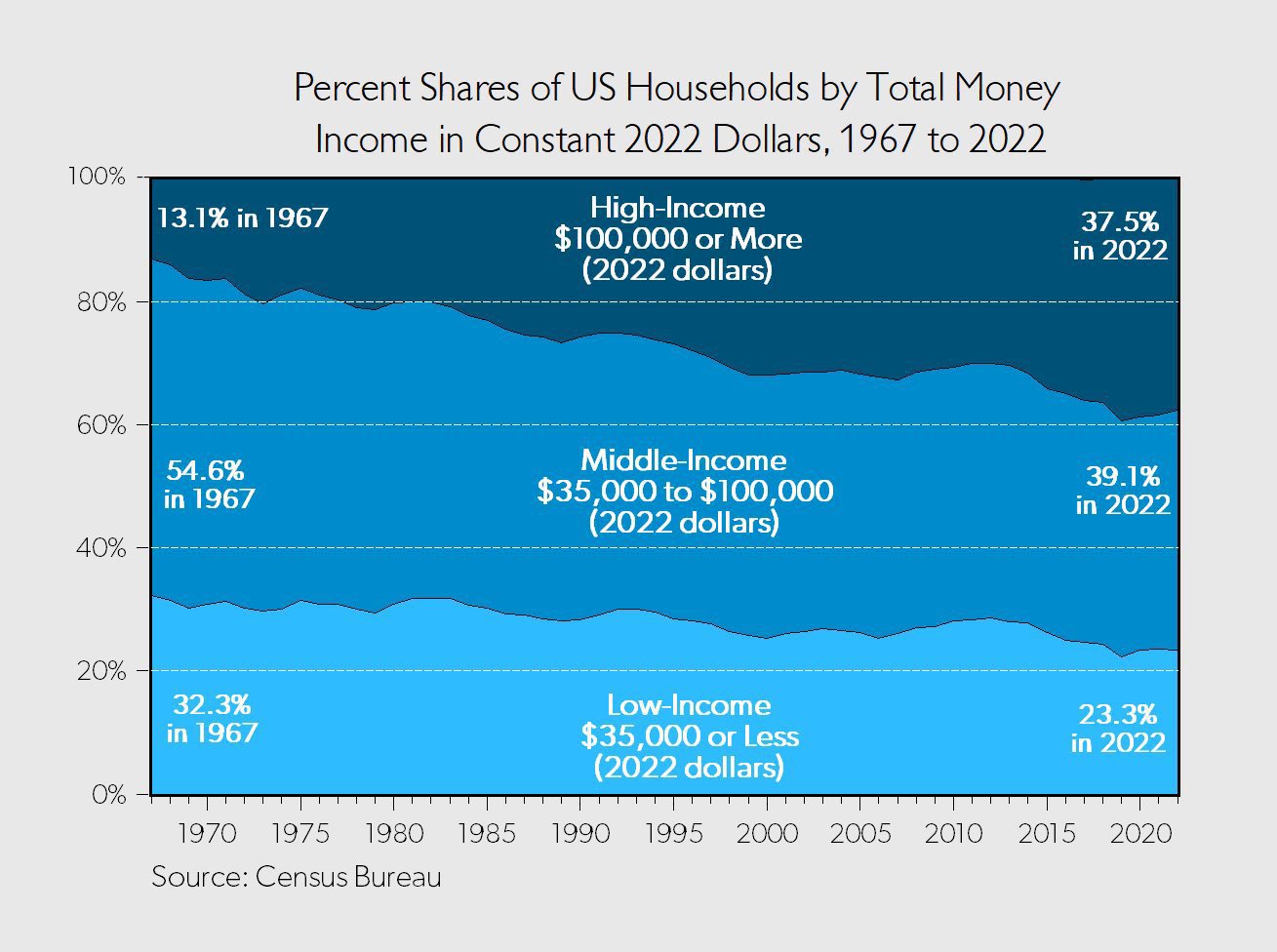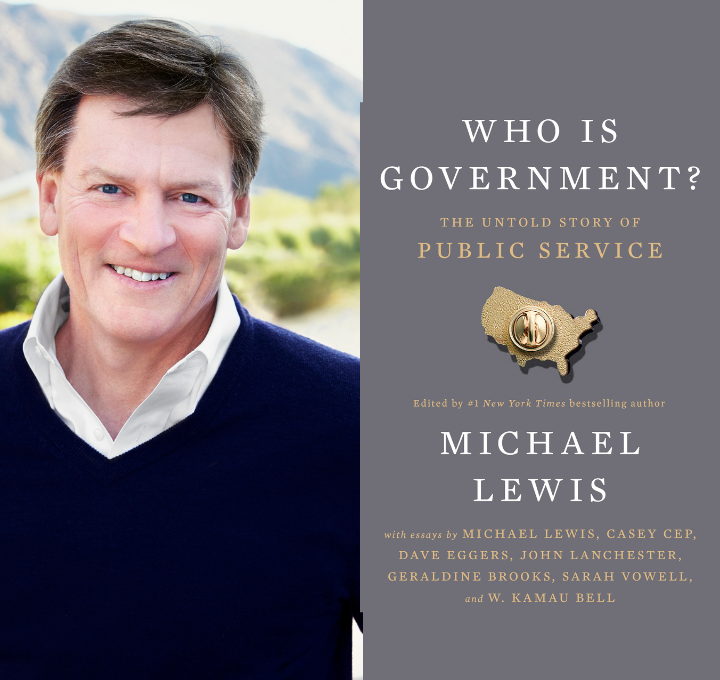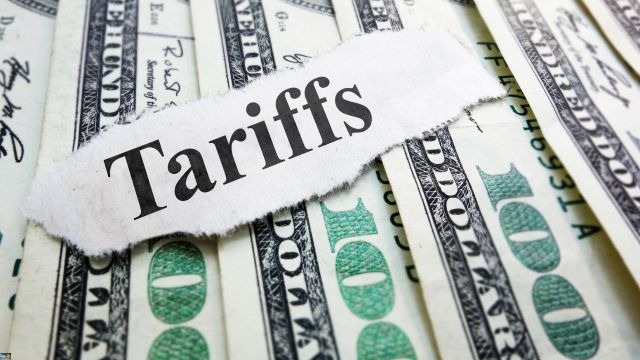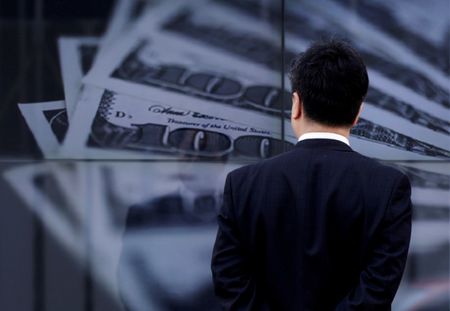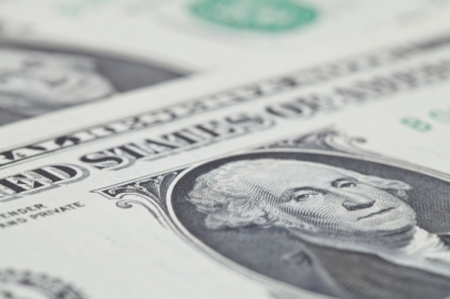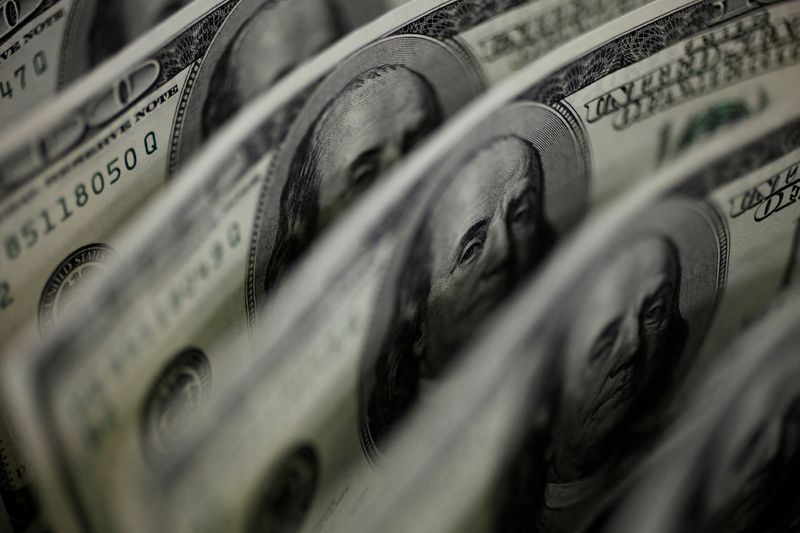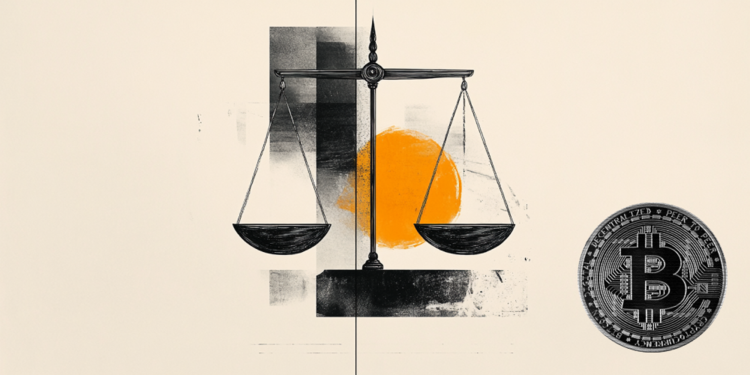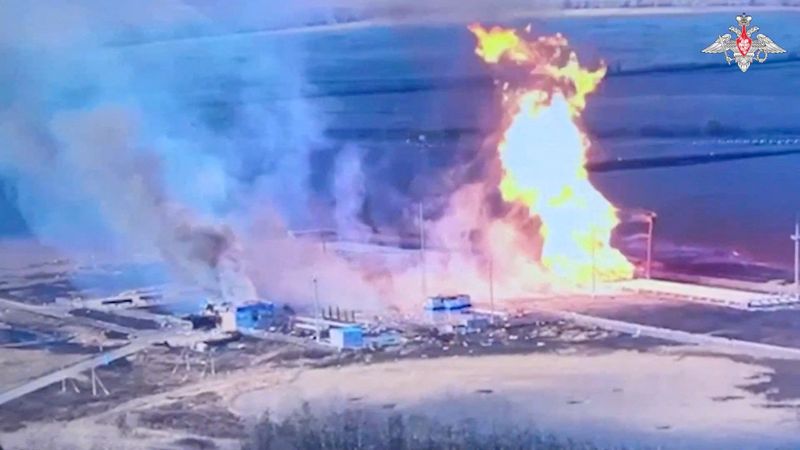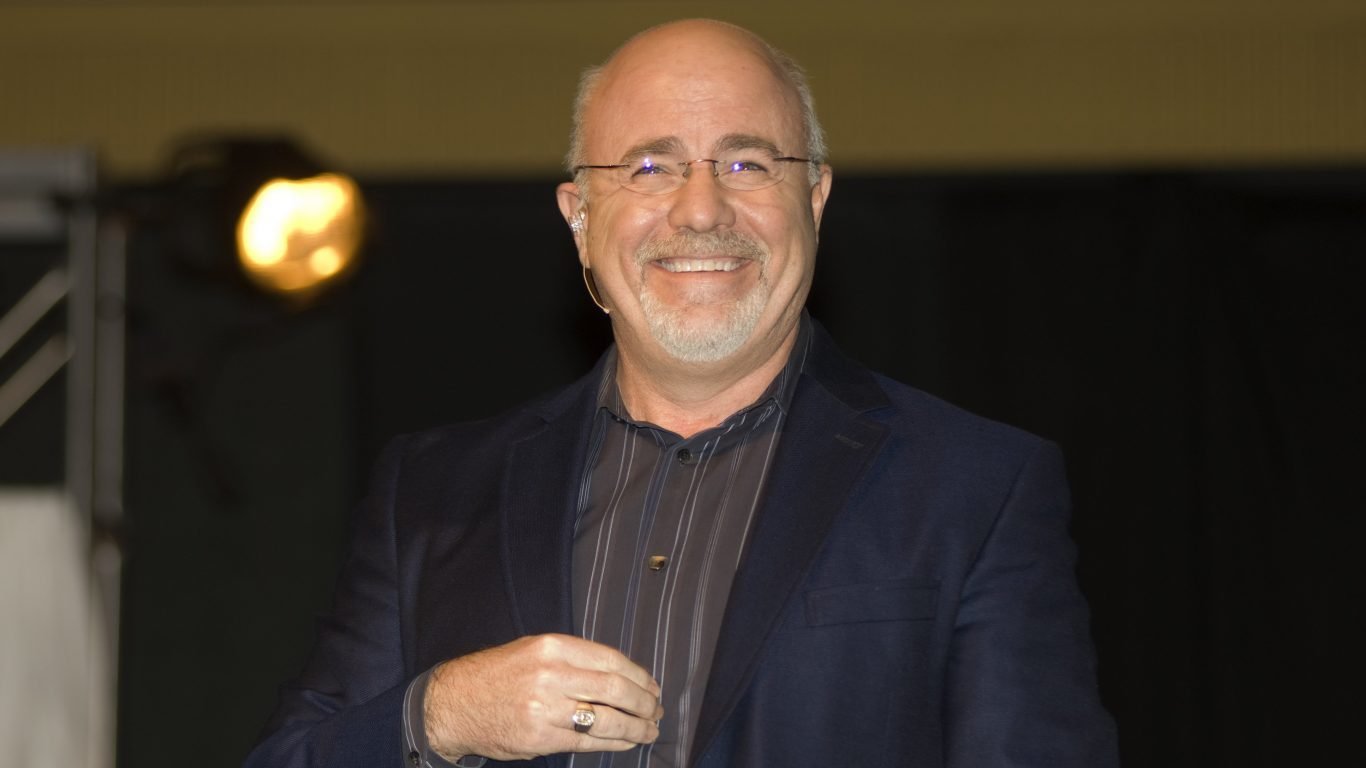20 Little-Known Facts About the $2 Billion Manhattan Project
The invention of the nuclear bomb changed everything. It ushered in the Atomic Age, advanced the science of physics to new heights, and showcased the destructive power held by the United States government. None of this was possible, however, without the Manhattan Project, arguably the most successful secret military project in world history. It brought […] The post 20 Little-Known Facts About the $2 Billion Manhattan Project appeared first on 24/7 Wall St..
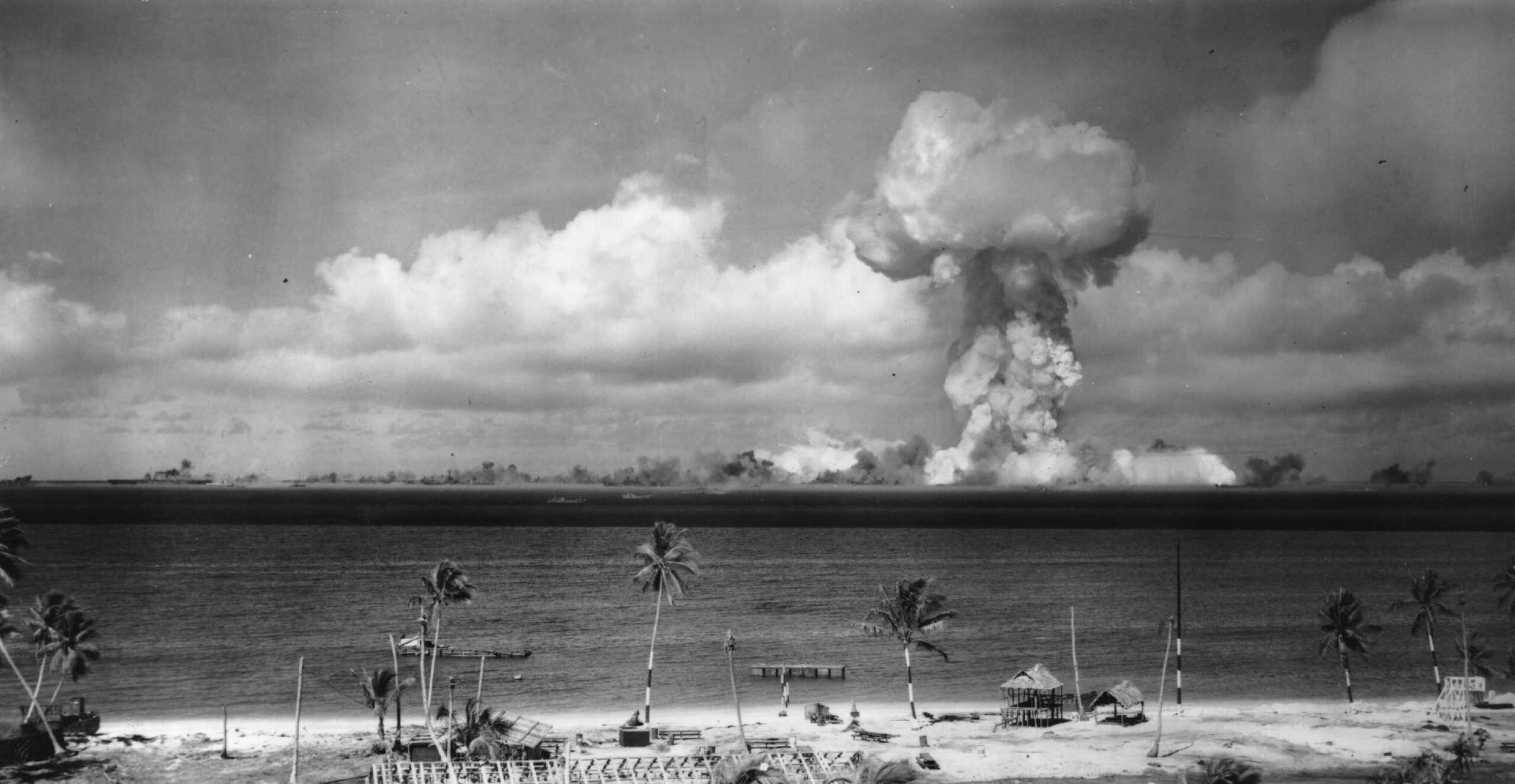
The invention of the nuclear bomb changed everything. It ushered in the Atomic Age, advanced the science of physics to new heights, and showcased the destructive power held by the United States government. None of this was possible, however, without the Manhattan Project, arguably the most successful secret military project in world history. It brought together the leading scientific minds to harness the power of atoms in creating untold destruction and power.
Conspiracy is a well-known phenomenon in the modern world, but no conspiracy was more successful than the Manhattan Project. Through vows of secrecy and compartmentalization techniques, the Manhattan Project managed to employ hundreds of thousands of people, spend billions of dollars, and create the most powerful weapon ever known. However, there are many twists and turns to the story of the Manhattan Project. Let’s explore 20 little-known facts about it that will leave you thinking.
Key Points
-
- The Manhattan Project occurred between 1942 and 1946.
- It employed over 129,000 people at its peak and cost a total of $2 billion.
- The project produced the first working nuclear bombs and ushered in the use of nuclear energy.
- Through vows of secrecy and compartmentalization, it remains the most successful secret project in world history.
- The Manhattan Project resulted in the atomic bombings of Hiroshima and Nagasaki, Japan.
-
Are you ahead, or behind on retirement? SmartAsset’s free tool can match you with a financial advisor in minutes to help you answer that today. Each advisor has been carefully vetted, and must act in your best interests. Don’t waste another minute; get started by clicking here here.(Sponsor)
Gathering Supplies

Even the attempt at creating a superior weapon required untold supplies and money. Spread across multiple sites in both the United States and Canada, the Manhattan Project spent over $1.9 billion to bring results. This is the equivalent of $20 billion in today’s dollars.
William S. Parsons’ Influence

Some people saw the Manhattan Project through to its explosive end. Naval officer William S. Parsons worked on the Manhattan Project as an ordnance director, designing and testing non-nuclear components of the atomic weapon. Later, he personally armed the atomic bomb that was dropped on Hiroshima, Japan. For this, Parsons was awarded the Silver Star.
Soviet Knowledge

Secrecy was paramount to the Manhattan Project, but moles found their way in regardless. While the Soviet Union was ostensibly an ally of the United States at the time, the government kept the project under lock and key. Many Soviet spies tried to get into the project, but only Klaus Fuchs managed to pass confidential information to the Russians. After the war, he confessed to his espionage activities.
The Demon Core

A reported 24 fatalities were caused by the Manhattan Project’s experiments. Two scientists, Harry Daghlian and Louis Slotin, received the worst of the bomb’s effects. At separate times, both suffered deadly accidents while working on a third nuclear core. After these tragedies, the “demon core” was melted down and used for other purposes.
Invisible Cities
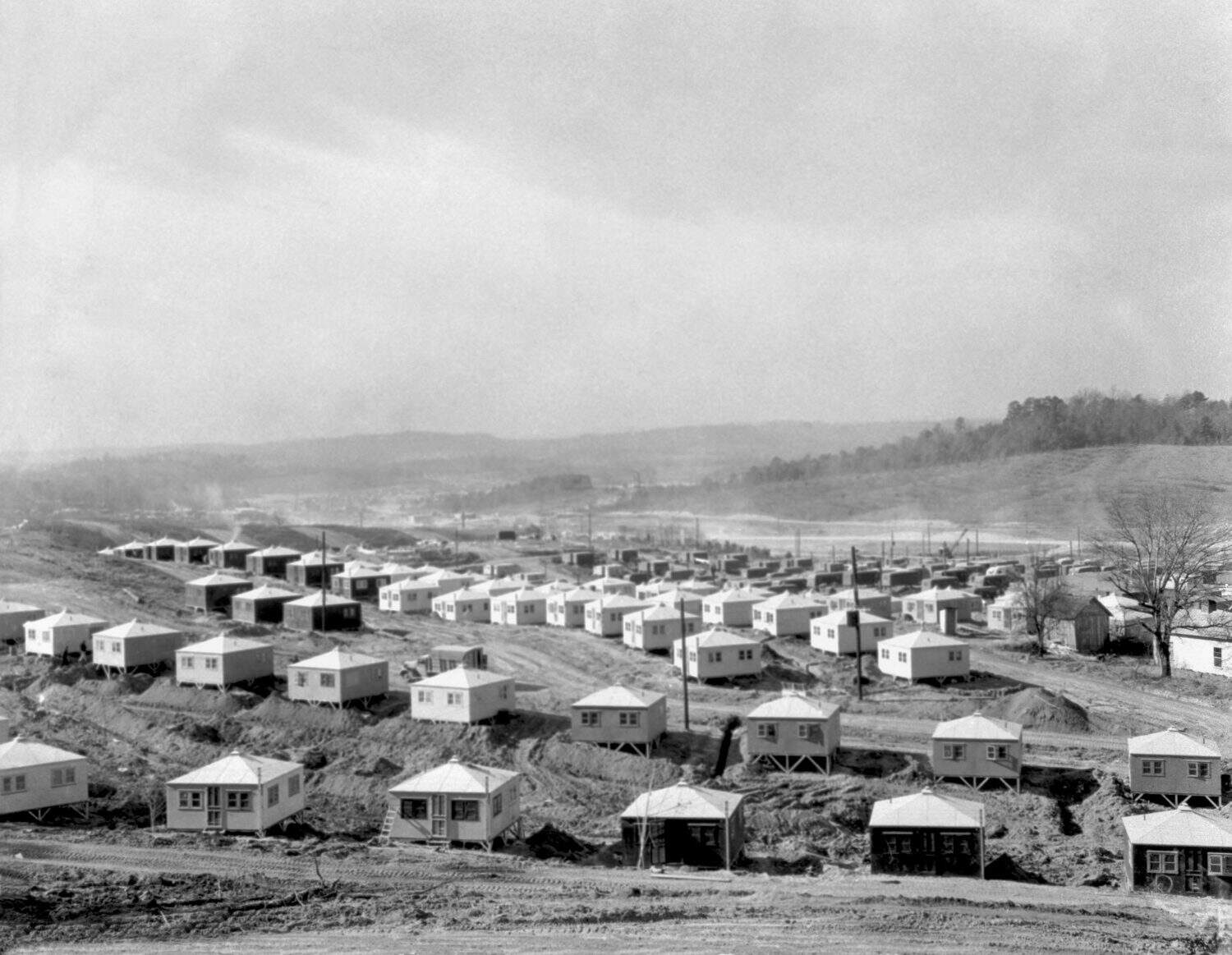
The manpower required to bring the Manhattan Project to fruition was unprecedented. It employed hundreds of thousands of people in various capacities. To house these workers, the government built secret, yet fully functional cities around project sites. The Los Alamos site alone comprised nearly 50,000 acres of land.
Sworn to Secrecy
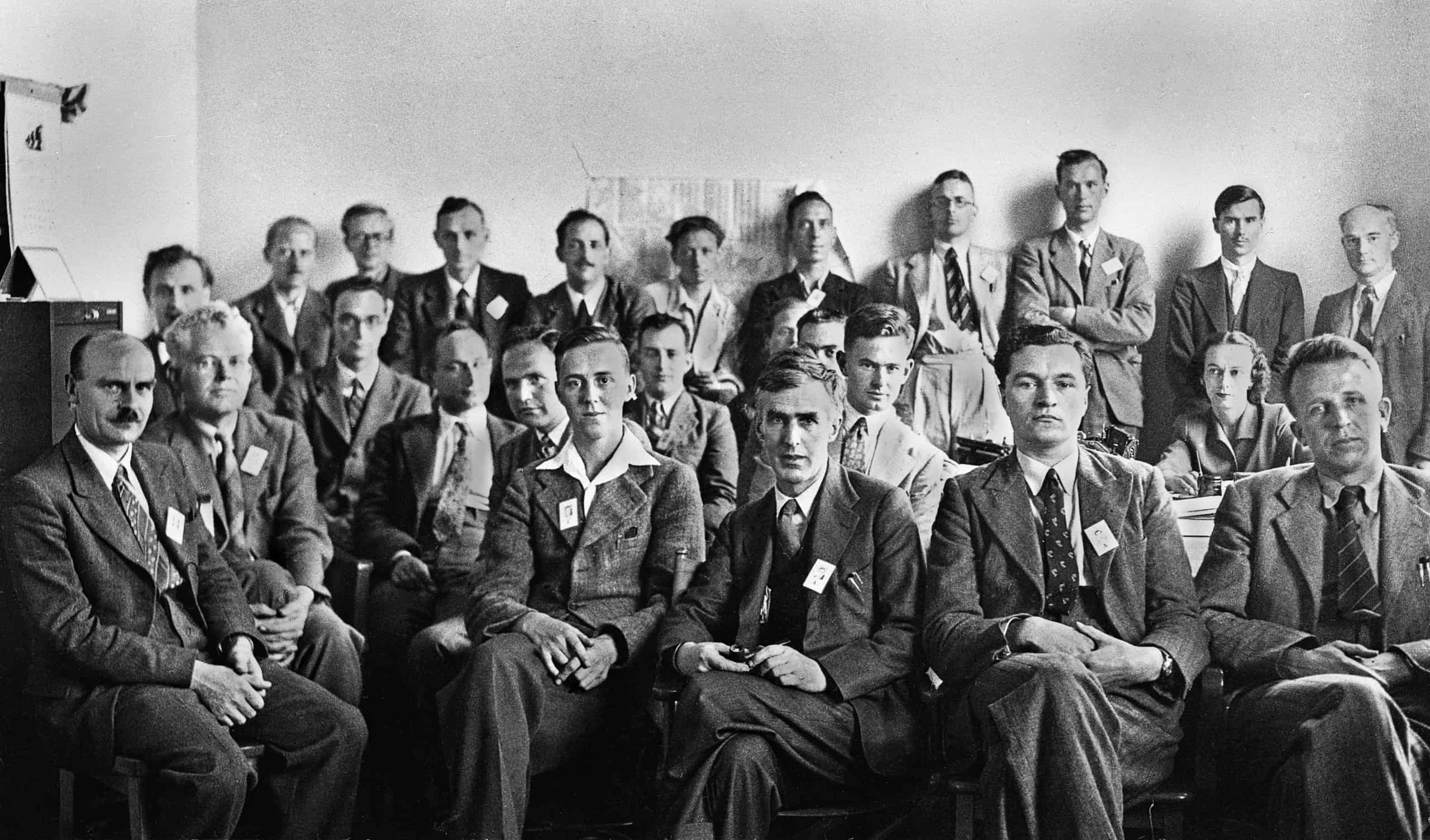
A secret project like the Manhattan Project required serious vows of secrecy, and the punishment for breaking them was severe. In fact, the project operated under President Roosevelt’s mandate of “absolute secrecy.” While compartmentalization worked, any leakers were subject to 10 years in prison or a fine of $10,000.
Big Numbers
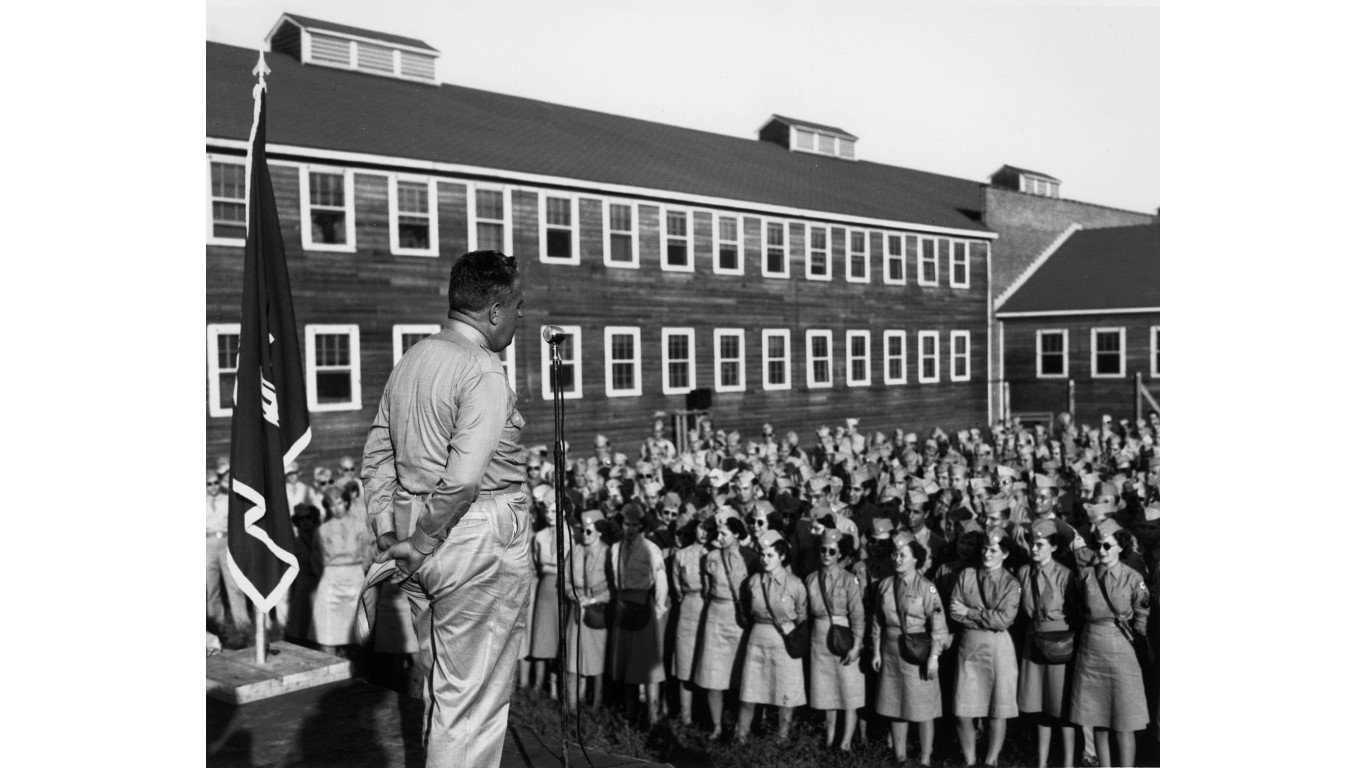
As previously mentioned, the Manhattan Project required serious manpower. At its peak, it employed around 129,000 workers in various capacities ranging from orderlies to nuclear experts. Due to high turnover, however, over 500,000 people worked on the Manhattan Project at various times.
Pushback
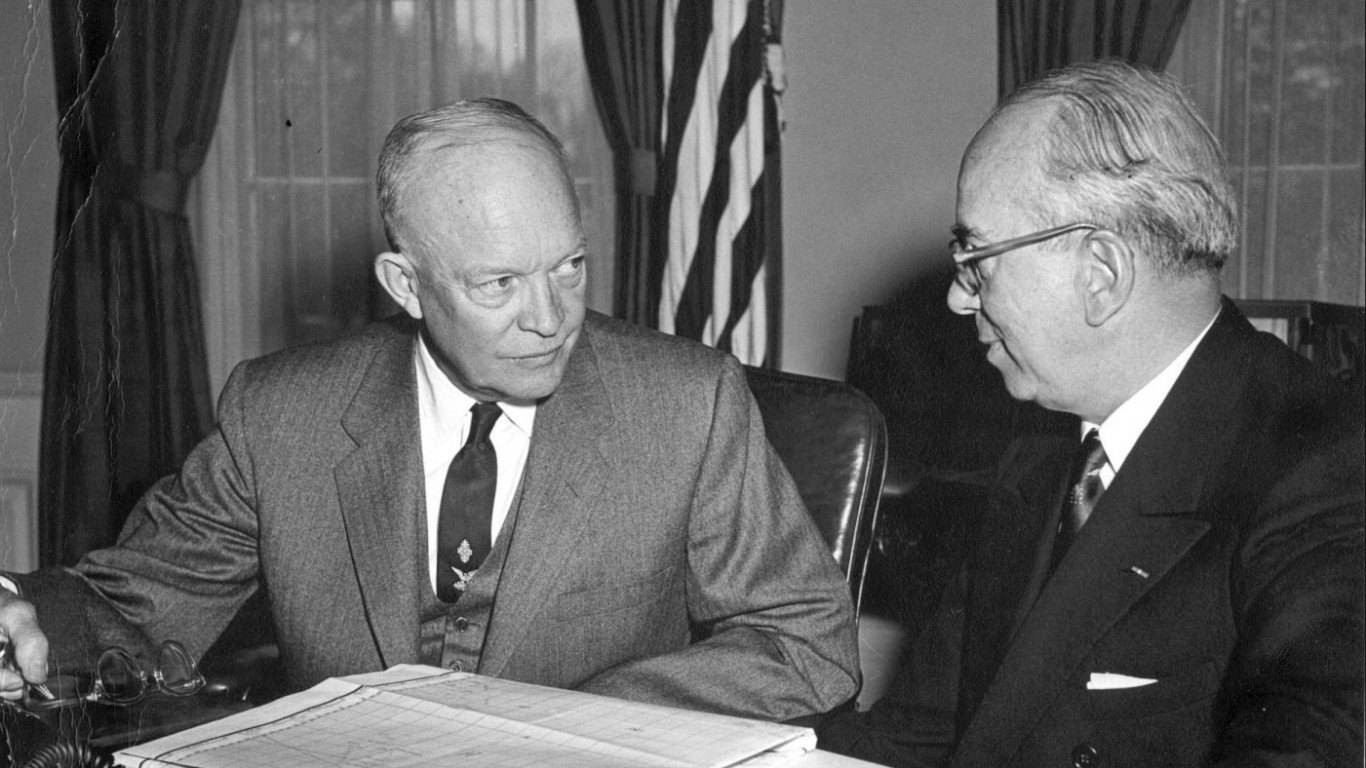
As it became more clear what exactly the government wanted scientists to accomplish with the Manhattan Project, dissent fomented. Tension surrounding the creation of a destructive weapon grew to such a pitch that scientists began holding weekly debates in the Los Alamos chapel. Inventor of the nuclear reactor, Leo Szilard, even appealed to President Roosevelt over the country’s “ruthlessness.”
The Thin Man
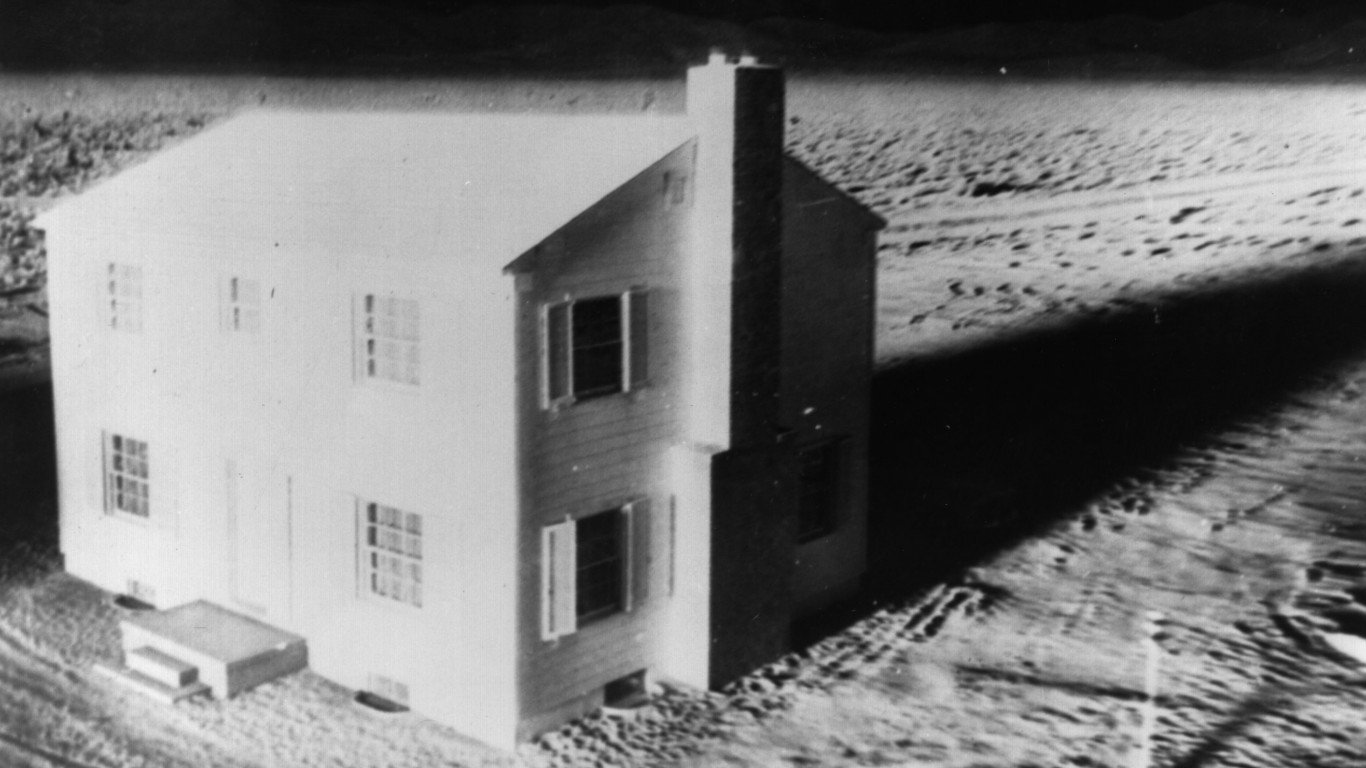
In the first iterations of the project, scientists focused on designs for a gun-type plutonium-based bomb. Code-named “The Thin Man,” the prototype involved a 17-foot-long bomb. Eventually, this idea was scrapped because not many aircraft could handle such a long bomb, and its two plutonium masses design was more likely to detonate prematurely.
William Laurence

Two-time Pulitzer Prize-winning journalist William Laurence was the only member of the press to witness the infamous Trinity Test. He’s also credited with inventing the term “Atomic Age.” He often discredited reports of radiation sickness as Japanese propaganda in national publications. Later, it was discovered that the United States government paid him to discredit anti-nuclear reports.
The Trinity Test

The Trinity Test, which occurred on July 16, 1945, proved the efficacy of the nuclear bomb and ushered in the Atomic Age. There were concerns, however, about hiding the test and its potential consequences. The government hired William Laurence to draft press releases saying the nuclear test was just a “remotely located ammunition magazine containing a considerable amount of high explosives and pyrotechnics.” There was also a fear that the blast would ignite every atom in the Earth’s atmosphere.
The Bhagavad-Gita

The Manhattan Project’s leader, J. Robert Oppenheimer, was a learned man. When he witnessed the first successful atomic test, he quoted Chapter 11, Verse 32 of the ancient Hindu text The Bhagavad-Gita. The quote “I am become death, the destroyer of worlds,” embodied Oppenheimer’s mixed feelings about the destructive power of the atomic bomb and its moral implications.
Foggy Film
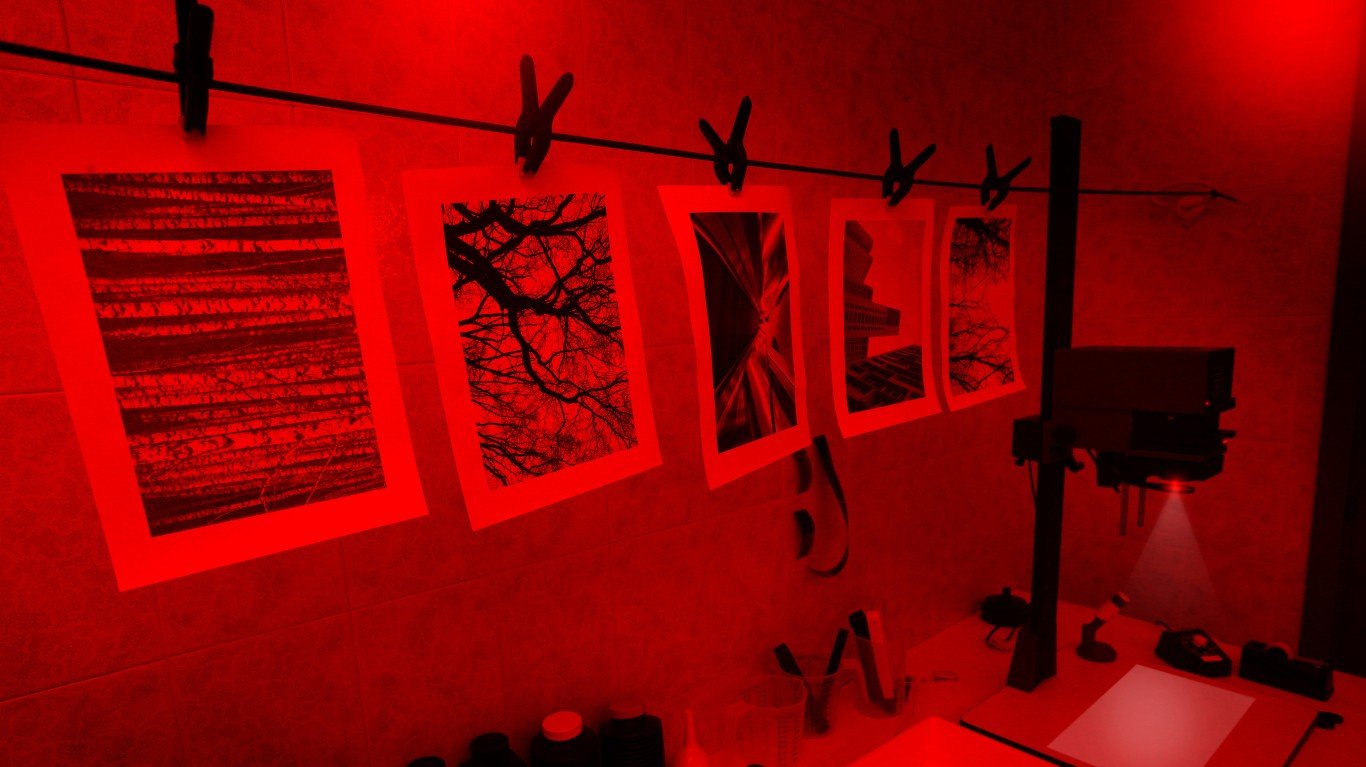
Even before World War II, the Kodak film company took measures to protect its film from radiation corruption. In the mid-1940s, the company noticed peculiar spotting on some of its film. A Kodak-employed scientist realized that a nuclear blast must have contaminated the film stock, so a Los Alamos employee wrote to him in a classified memo. It turns out that the Trinity blast contaminated river water in Indiana used to produce Kodak’s cardboard film containers.
Different Paths of Destruction
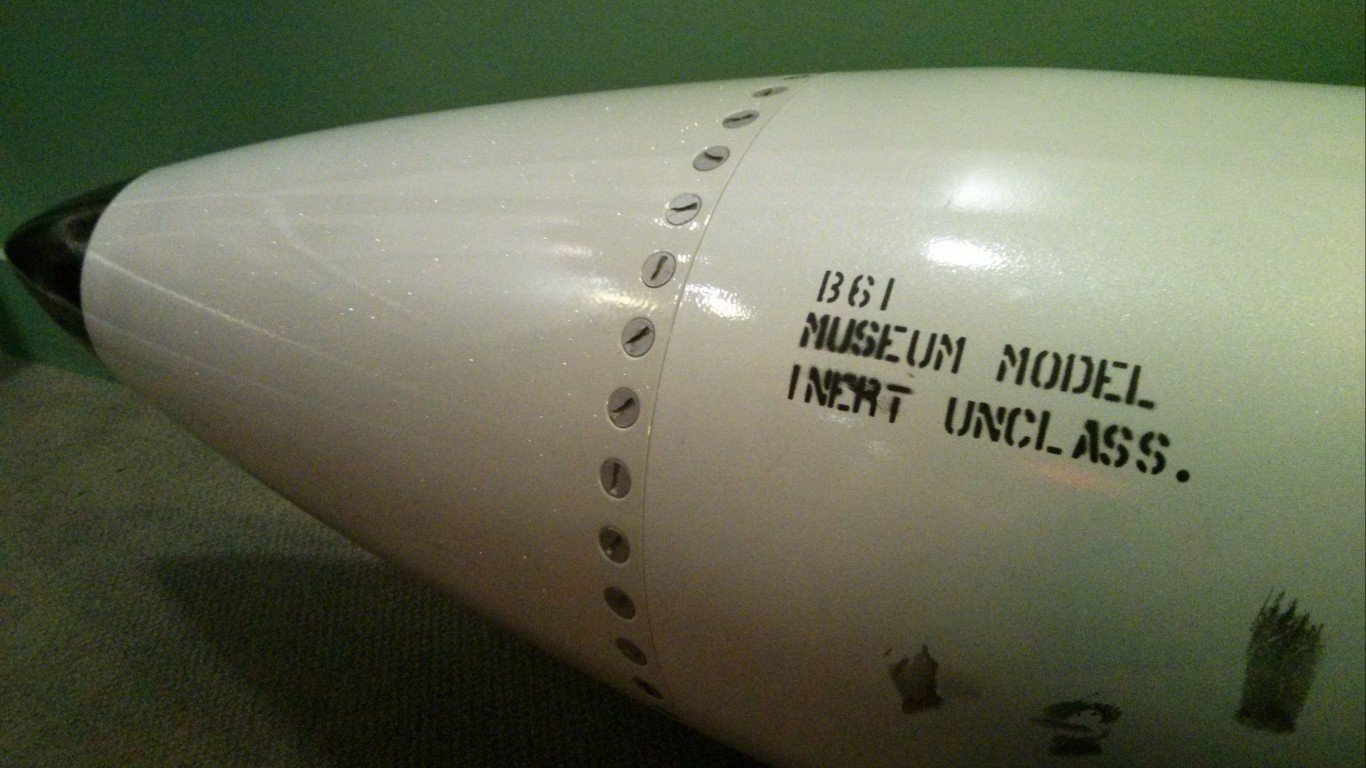
The two bombs that were infamously dropped on Japanese cities, Fat Man and Little Boy, worked in different ways. Fat Man used the fission of plutonium. Little Boy used the fission of uranium-235 to create its awesome and destructive power.
Charlton Heston
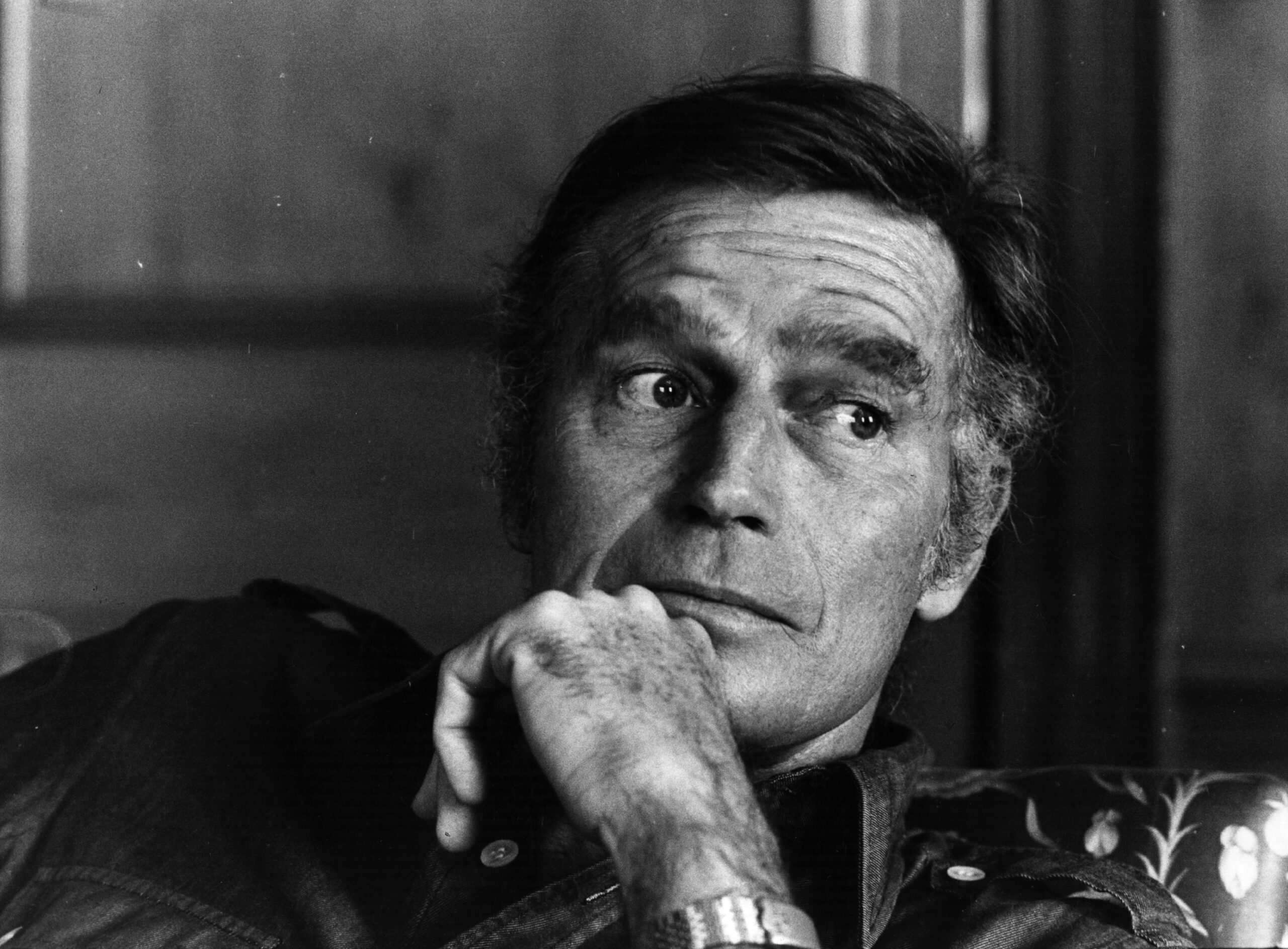
Before he became a world-famous actor, Charlton Heston served as a staff sergeant in the United States Air Force. This led to a job narrating classified Department of Energy films, often ones relating to nuclear weapons. This position provided Heston with a Q-Clearance, the highest security clearance in the country.
Medical Advancements

The success of the Manhattan Project led to unexpected innovations in medical treatment and technology. These include diagnostic tests, a better understanding of how the human body absorbs elements like iron, and cancer treatments using Cobalt-60.
Questionable Leader
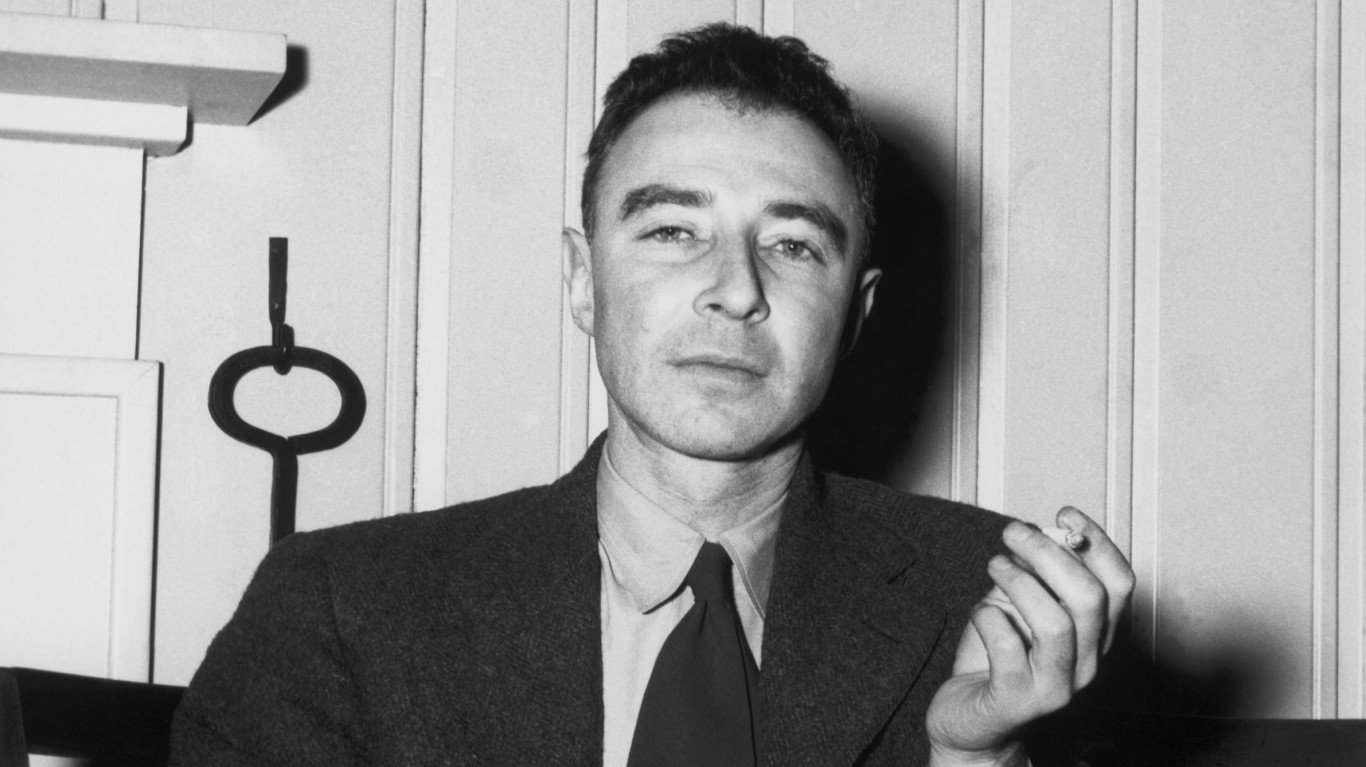
A four-pack-a-day smoker without much lab experience, J. Robert Oppenheimer seemed a dangerous pick for the leader of the Manhattan Project. The United States government was also concerned about his left-wing activism, particularly with the Communist Party of America.
Einstein’s Involvement
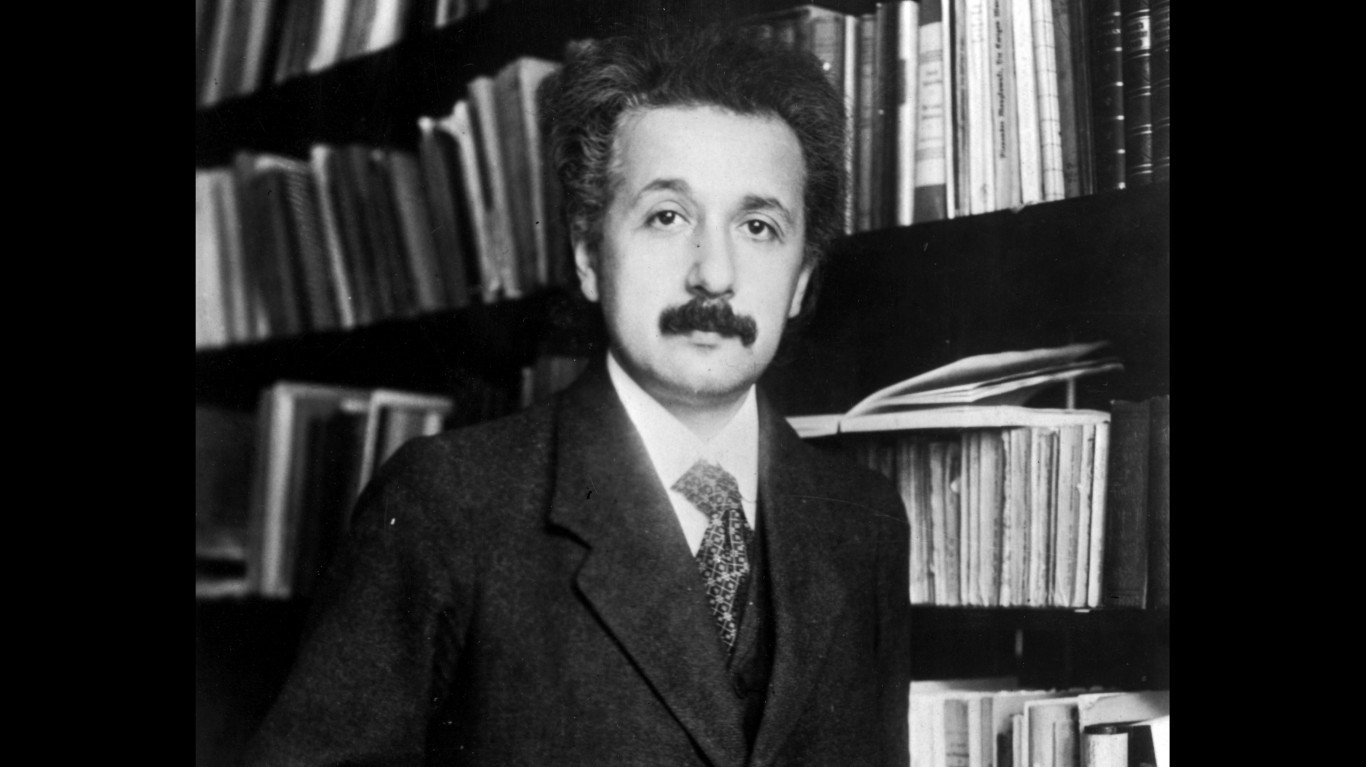
As the story goes, the idea of a nuclear bomb came from a letter written by Albert Einstein and Leo Szilard to the President concerning the potential power at the heart of heavy atoms. Though he never worked on the project directly, Einstein’s influence was critical to its success. After hearing of the destruction of Nagasaki, Japan, however, Einstein reportedly said, “Woe is me.“
Later Regrets

While the atomic bomb was a success, many scientists who worked on the project regretted their involvement in the destruction. Once the scientists learned that the government planned to use the bomb on Japan, they signed a petition to stop the show of force. However, it failed to reach the desk of the sitting President Harry S. Truman.
The Doomsday Clock

The atomic bombings of Hiroshima and Nagasaki, Japan, catalyzed the formation of the Bulletin of the Atomic Scientists in 1945. Two years later, the publication created the Doomsday Clock, which measured how close humanity was to destroying itself. Currently, the Doomsday Clock sits at 89 seconds to midnight (human extinction).
The post 20 Little-Known Facts About the $2 Billion Manhattan Project appeared first on 24/7 Wall St..





